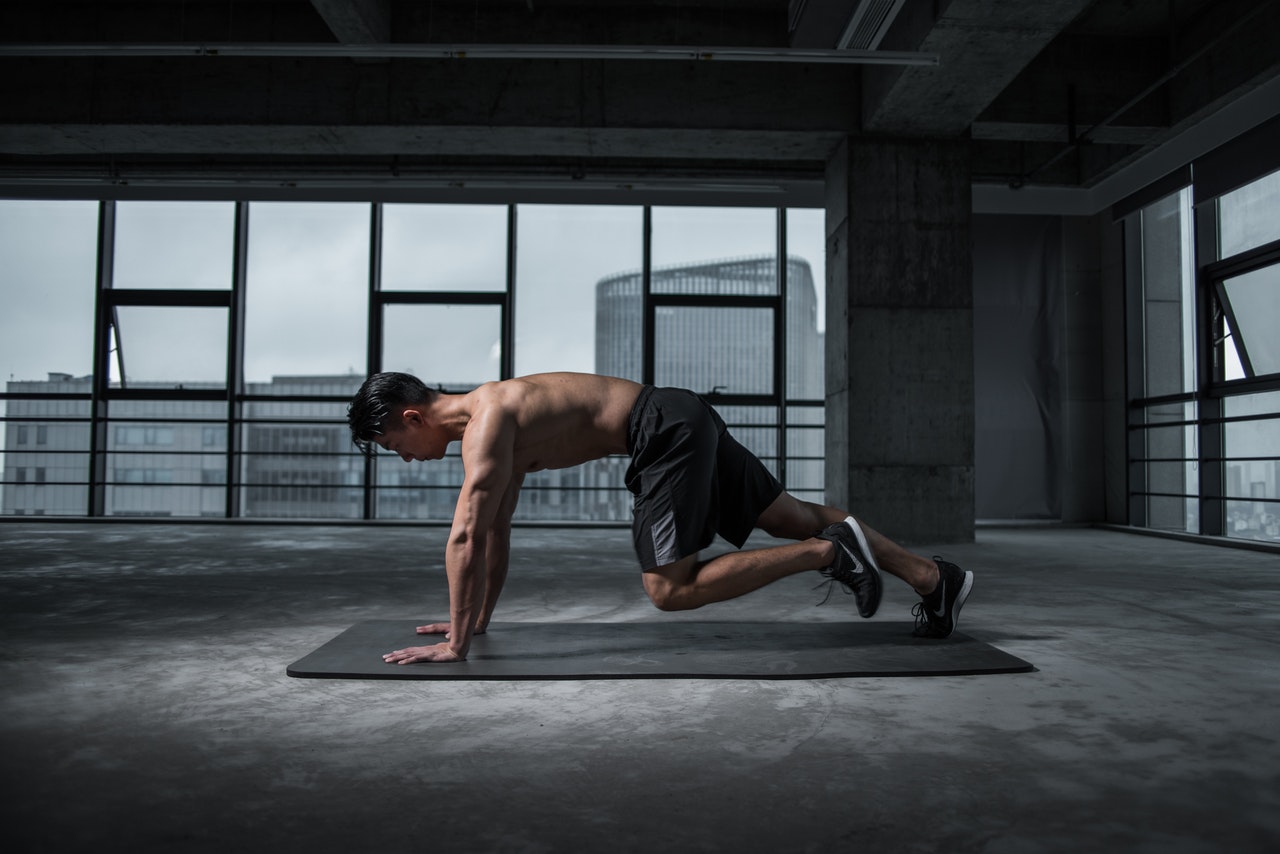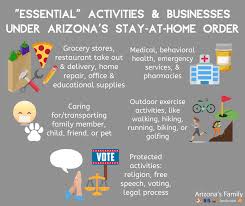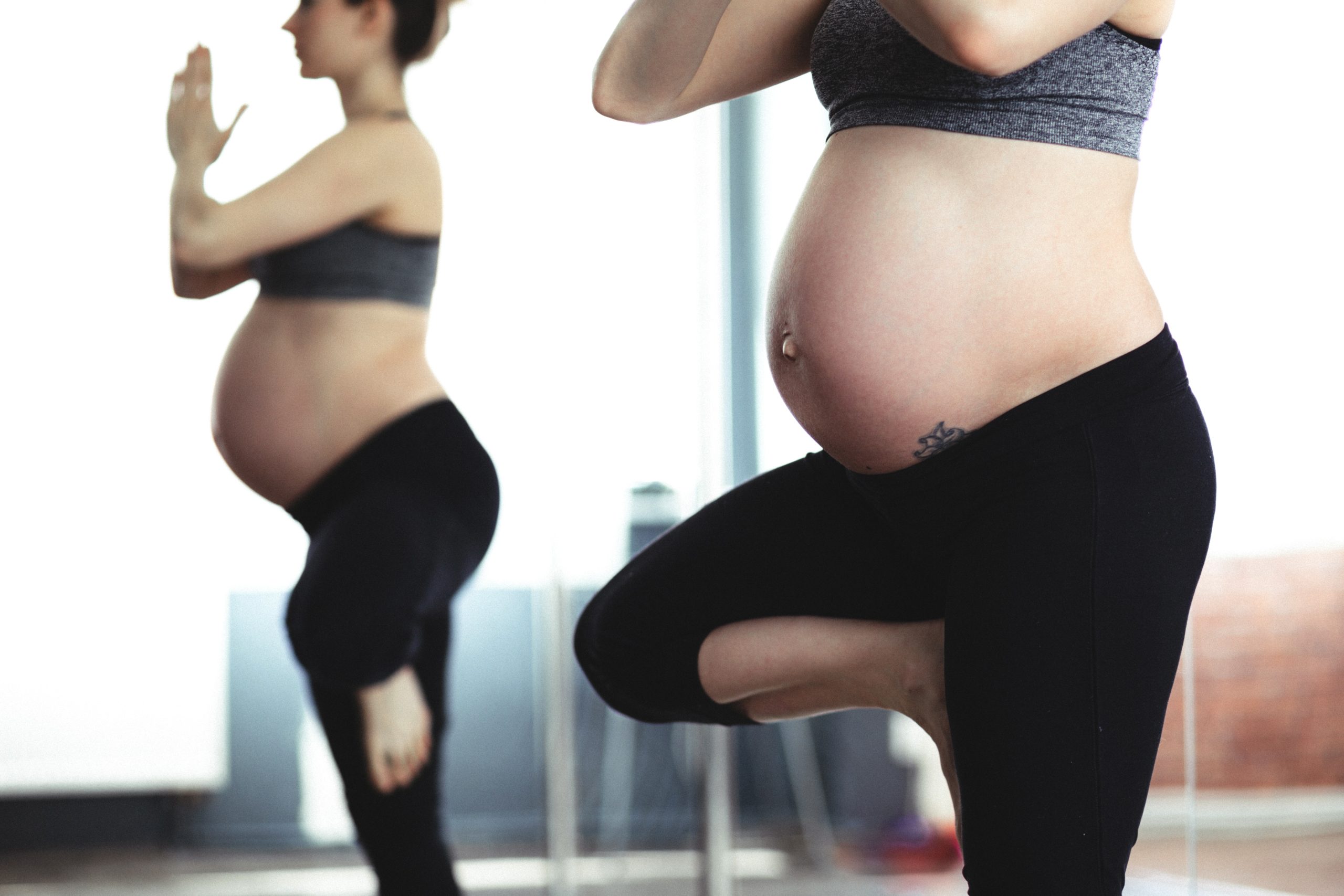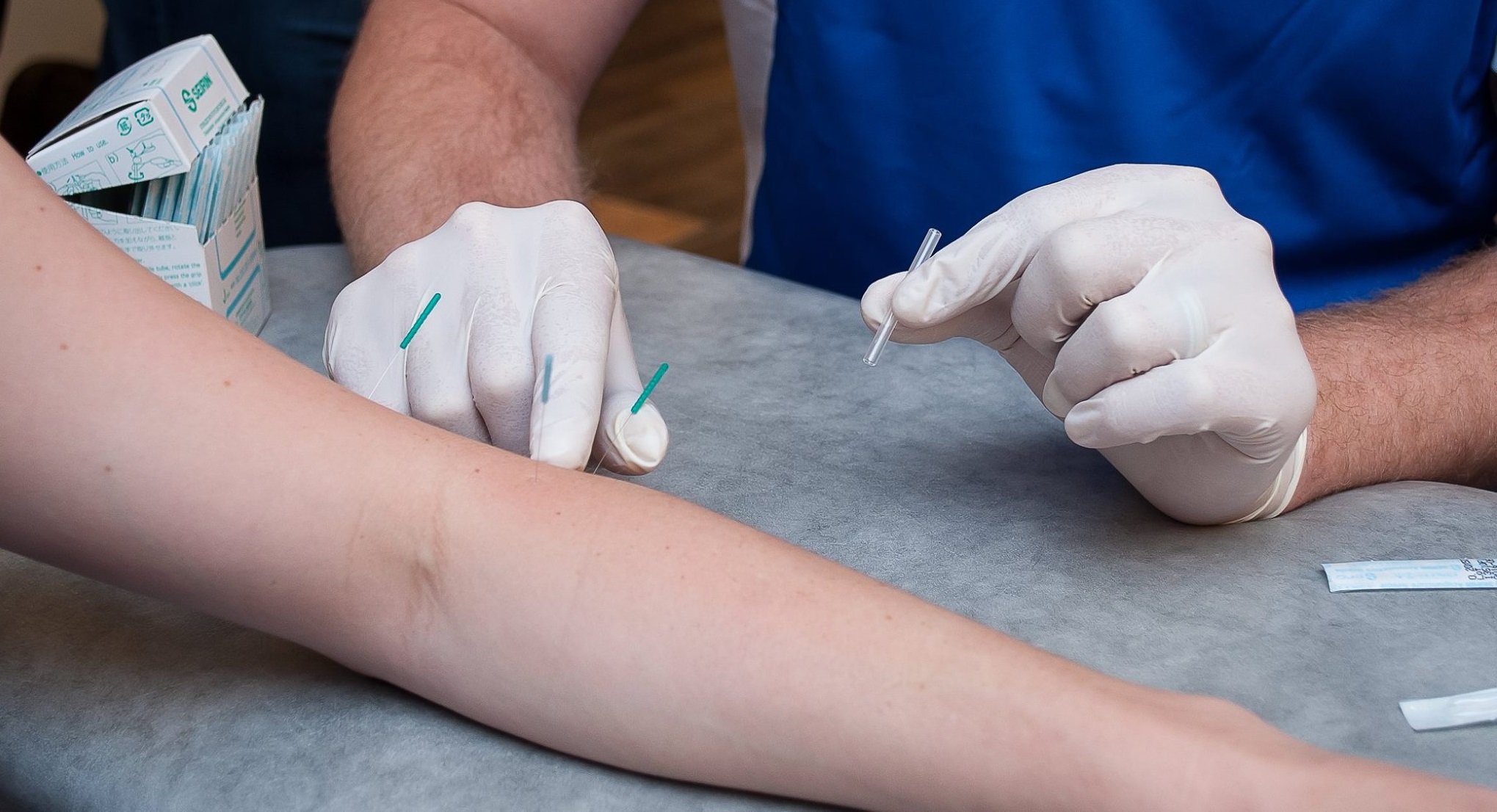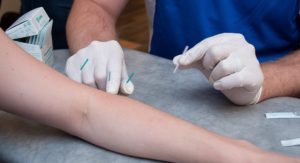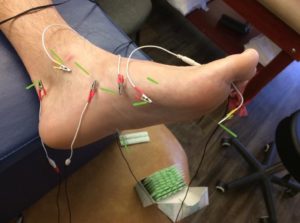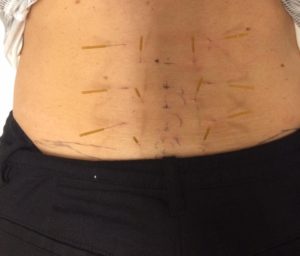Staying healthy during a pandemic
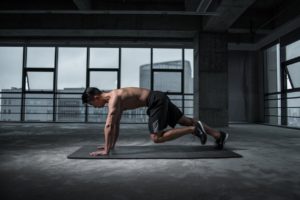
Have a question we can answer?
Exercise to keep you mind and body healthy
Just a month ago we would have never thought that we would have our restaurants, gyms, and places considered “Non-essential” closed. We would have thought nothing about going to places with others, shaking hands, giving hugs, and touching our faces. It’s a different world.
These changes create confusion, stress, and fear. These are unhealthy emotions,that can put a toll on your body. This can leave you susceptible to illness. The confusion that we are faced with is, “What can we do about it?”
As a medical provider, it is our duty to try to help our community, even during a time of pandemic, through education and service. This is the main reason we remain open and available to our community. Our job is to help you keep your body healthy, which can in turn help keep a healthier mind.
One of the foundations of physical therapy is to optimize the body’s own ability to heal itself. This is done through exercise and keeping the body moving. Exercise keeps the body strong and has a benefit of releasing endorphins that can help reduce stress and improve mood.
While our office has all the tools and equipment to provide an excellent exercise program, there are many exercises that can easily be done at home with guidance. If you are dealing with pain or discomfort and can’t exercise at home, we have created a sanitized environment in our office for you to safely exercise under guidance.
Do you have questions about what you can do at home to exercise? Fill out this form and one of our staff will contact you to go over different options and programs to keep you healthy.

